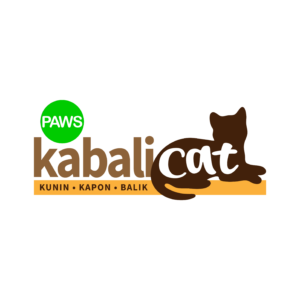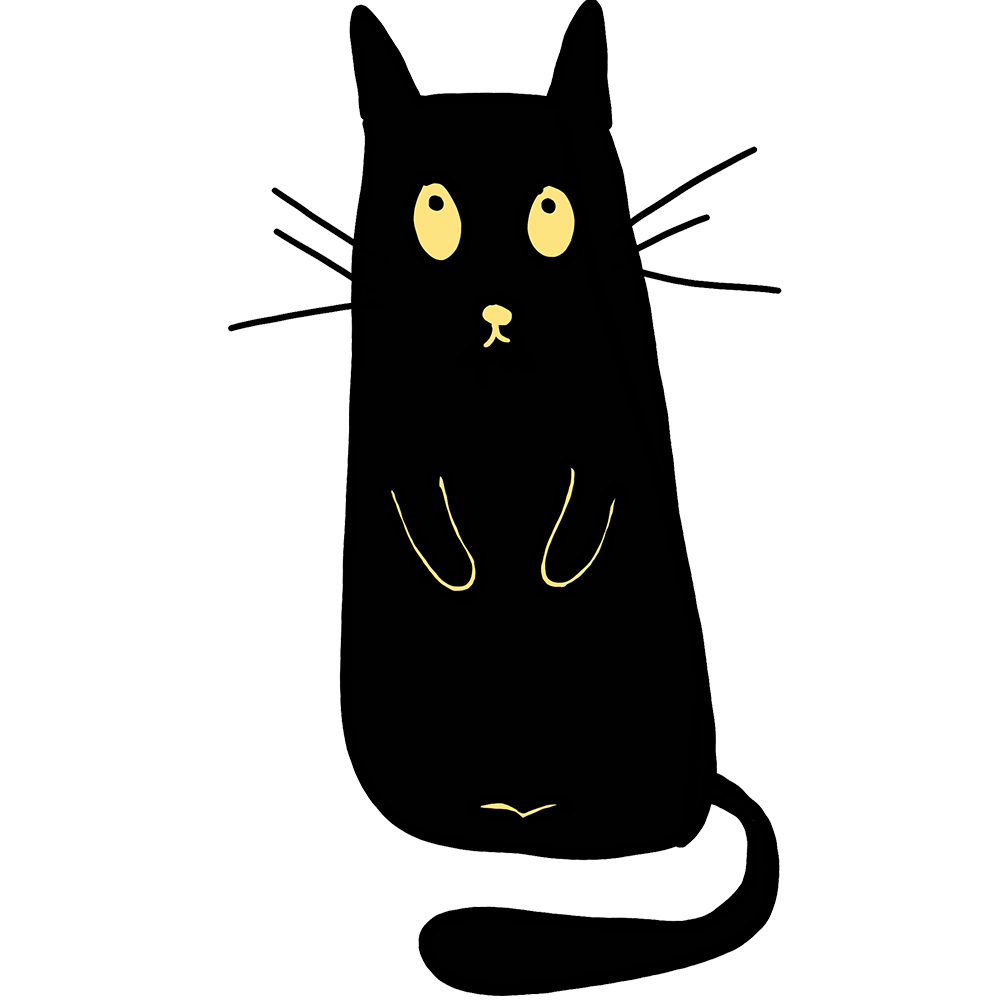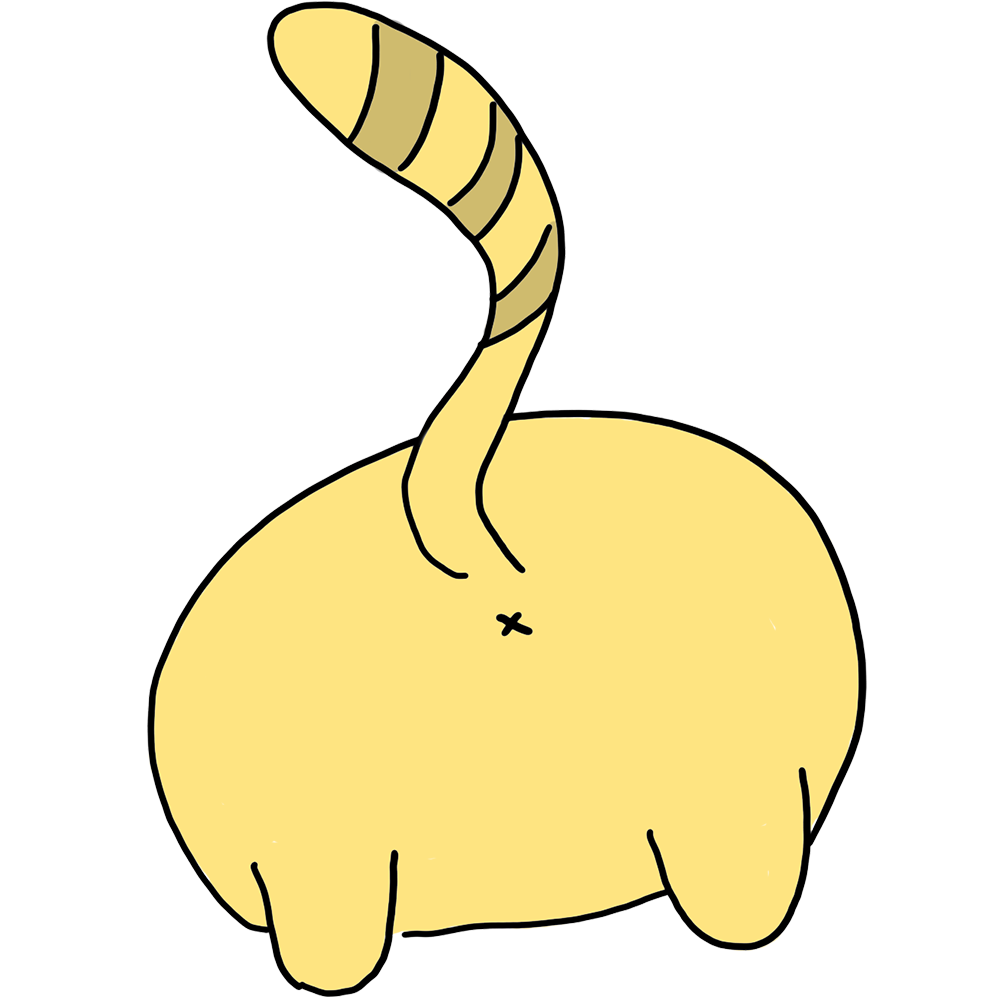It’s all about the “Holding Capacity”…
The holding capacity is the source of food that attracts animals to a particular area. This food source is usually exposed garbage or people that feed the animals. This is why you see many stray cats near restaurants and garbage disposal bins.
Every community has a holding capacity.
The solution is to properly manage your Holding Capacity. Getting rid of stray cats by adopting, euthanizing, or moving them to a different location will only attract other cats from neighboring areas. The cycle will never end!
You can co-exist with the cats in your community and even benefit from their presence. If you manage your holding capacity, you can have community cats who don’t get in your way and even pests in your area under control.

How to manage your Holding Capacity
The first step is to spay/neuter all the stray cats in the community. This will stop them from reproducing once and for all. If the cats are being fed by well-meaning residents, they tend to multiply at a much faster rate.
A designated feeder must be assigned to adhere to a feeding schedule. It can be a village security guard or maintenance staff. The cats must be fed out of sight, and they must not be overfed. A strict schedule, designated feeding spot and the right amount of food will teach the cats to stay in one area and keep neighboring cats from sharing their holding capacity.
Exposed garbage is the most common food source in your community. Cats will scavenge for food inside open trash bins and tear into garbage bags. They shouldn’t be blamed for wanting to survive. It is our responsibility to dispose of our garbage properly.
Many cat lovers will insist on petting the cats in their community. That’s why cat parks are very popular. But remember, taming feral cats makes them susceptible to danger. They become easier to capture and they get close to humans who don’t like cats. When you tame a feral cat, you make it easier for animal abusers to harm and even kill them. If you want to pet cats, please visit an animal shelter.
Cat haters will insist on getting rid of the community cats even with a TNVR agreement in place. Aside from being cruel, it is also a waste of time. New cats will always replace them, no matter how many times you remove cats. The cycle will never end. Remember, every community has a Holding Capacity.



